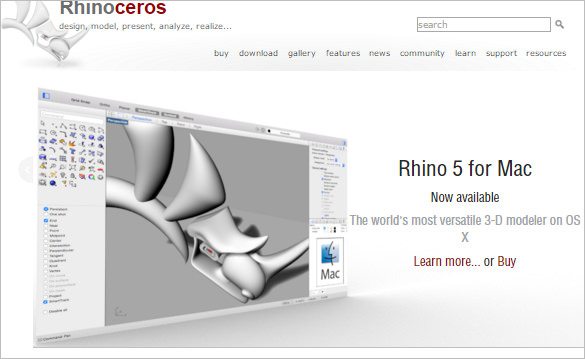How to get updates for macOS Mojave or later
NeoOffice was forked from OpenOffice, and modified to specifically support OS X features. Since it's written only for the Mac, the developers have been able to make it more Mac-like. LibreOffice was also forked from Open Office, and is considered by many to be. Jan 24, 2019 Download Microsoft Excel for macOS 10.13 or later and enjoy it on your Mac. This application requires a qualifying Microsoft 365 subscription. Microsoft 365 includes premium Word, Excel, and PowerPoint apps, 1 TB cloud storage in OneDrive, advanced security, and more, all in one convenient subscription. Download WPS Office: PDF & Word & Excel for macOS 10.12 or later and enjoy it on your Mac.
Excel for insightful spreadsheets – anytime, anywhere and with anyone. A modern take on Excel with new built-in tools help you get more out of your data. Create your best work with Microsoft 365. You get premium versions of Excel, Word, PowerPoint, Outlook, and more. Most Excel 2013 for Windows functions are supported for easier file sharing between Mac and PC. Print Improvements, including the ability to print to a single PDF file. Familiar keyboard shortcuts of Excel for Windows are now also available on Mac. Unlike Google Docs Spreadsheet, OpenOffice is a downloadable program and operates locally on your personal computer (much like Excel). It works on Windows, Mac OSX and Linux, so no matter which operating system you’re using, OpenOffice is pretty much guaranteed to work perfectly. Collaborate with others. Work online or offline, on your own or with others in real time—whatever works for what you’re doing.
If you've upgraded to macOS Mojave or later, follow these steps to keep it up to date:
- Choose System Preferences from the Apple menu , then click Software Update to check for updates.
- If any updates are available, click the Update Now button to install them. Or click ”More info” to see details about each update and select specific updates to install.
- When Software Update says that your Mac is up to date, the installed version of macOS and all of its apps are also up to date. That includes Safari, iTunes, Books, Messages, Mail, Calendar, Photos, and FaceTime.
To find updates for iMovie, Garageband, Pages, Numbers, Keynote, and other apps that were downloaded separately from the App Store, open the App Store on your Mac, then click the Updates tab.

To automatically install macOS updates in the future, including apps that were downloaded separately from the App Store, select ”Automatically keep my Mac up to date.” Your Mac will notify you when updates require it to restart, so you can always choose to install those later.
How to get updates for earlier macOS versions
If you're using an earlier macOS, such as macOS High Sierra, Sierra, El Capitan, or earlier,* follow these steps to keep it up to date:

- Open the App Store app on your Mac.
- Click Updates in the App Store toolbar.
- Use the Update buttons to download and install any updates listed.
- When the App Store shows no more updates, the installed version of macOS and all of its apps are up to date. That includes Safari, iTunes, iBooks, Messages, Mail, Calendar, Photos, and FaceTime. Later versions may be available by upgrading your macOS.
To automatically download updates in the future, choose Apple menu > System Preferences, click App Store, then select ”Download newly available updates in the background.” Your Mac will notify you when updates are ready to install.
Download Excel For Mac
* If you're using OS X Lion or Snow Leopard, get OS X updates by choosing Apple menu > Software Update.
How to get updates for iOS

Learn how to update your iPhone, iPad, or iPod touch to the latest version of iOS.
Learn more
Word And Excel For Mac
- Learn how to upgrade to the latest version of macOS.
- Find out which macOS your Mac is using.
- You can redownload apps that you previously downloaded from the App Store.
- Your Mac doesn't automatically download large updates when it's using a Personal Hotspot.